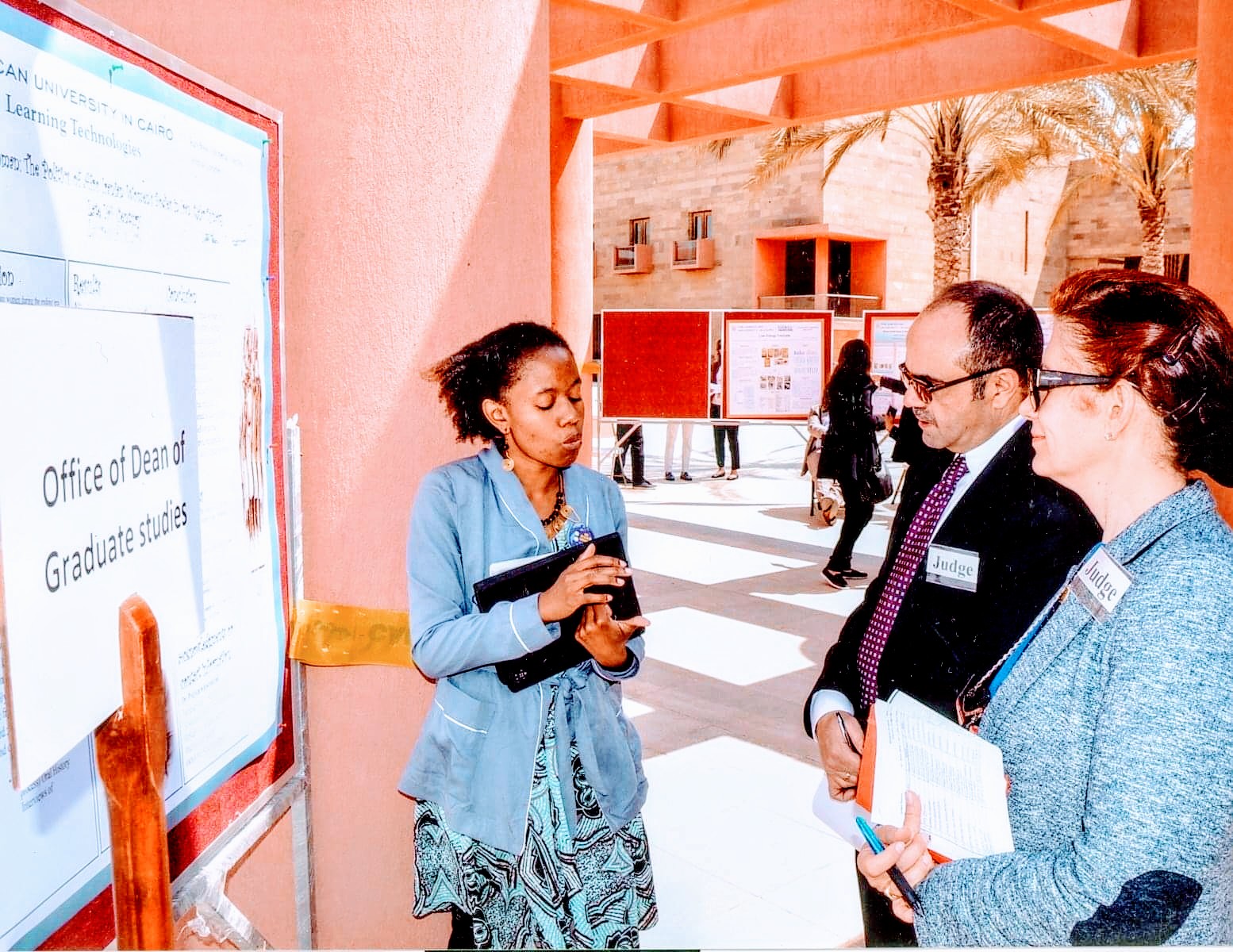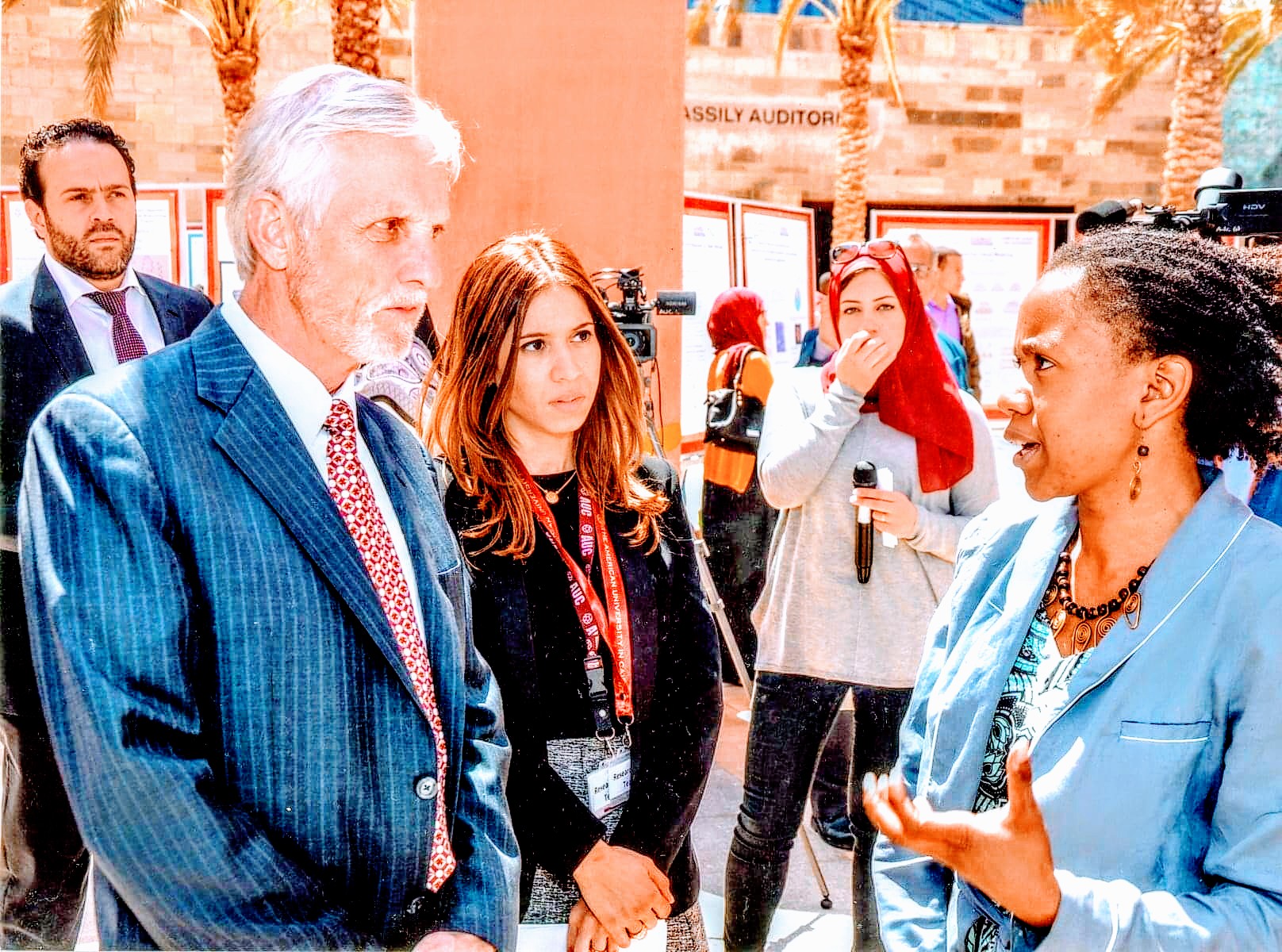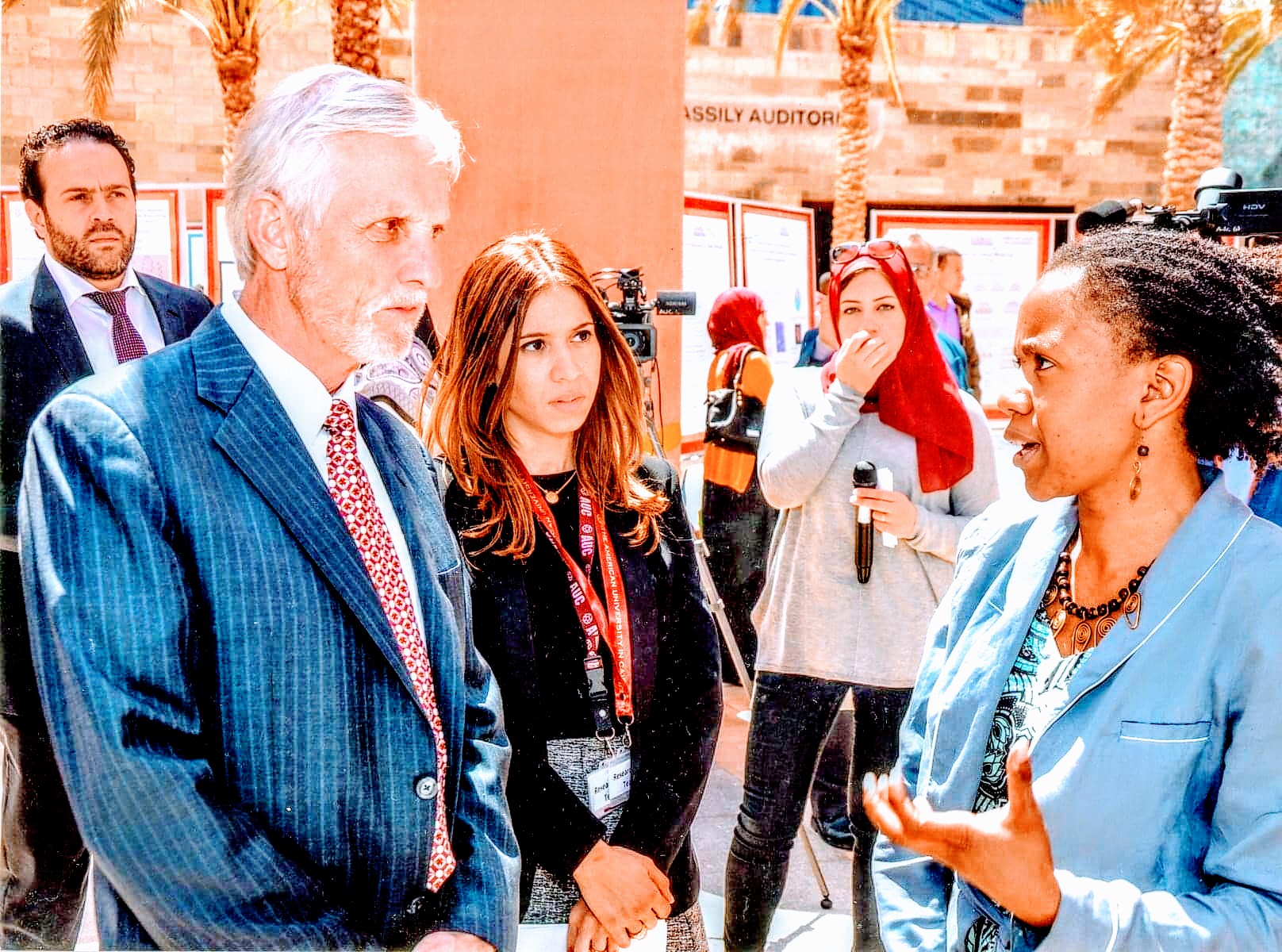The essence of scholarship is filled with a wide range of experiences. After all, scholarship within the academic setting is not merely the repetition of facts and figures. Nor is it solely for the collection of observations and analysis; on articles and assessment of artifacts. For the most part, the very aesthetics of academic research is aligned with the personal journey of the researcher. In fact, in the very exploration of a research topic or idea, there should be reflection on the level of personal intimacy between the researcher and the subject matter, at hand. In such, a measure of humanity is restored and illuminated in the very guise of research. There is a great deal of nourishment when it comes to the very aesthetics of academic scholarship. However, that only comes when scholars do not objectify studies. Again, it requires connecting one’s personal experiences and feelings into the subject matter. There comes the question of, why! Why has one decided to take on this level of work? What feelings are attached? Furthermore, how has it compelled the researcher/scholar to take on inner reflections in one’s personal life and journeys, in the now.
It was the very first AUC Research Day, for the AUC Community. Happening in 2015, it had come to highlight the work and academic passions of students and professors at the American University In Cairo. The anticipation. The awards. The recognition. Not to mention the process of speaking with attendees, and convincing judges on the worthiness of our work. Such was the obvious journey. And then, there are those hidden stories; the kind of labor left unseen by those, who have not partaken on that journey.
I remember the day very clearly, and the work leading up to that day. One of my research topics pertained to the Nuba Mountains community, in Cairo. Members of that community, who shared their journey from Sudan to Egypt. It was a journey of determination, hardship, suffering, pain, and the passion of maintains culture, family, and community, in the midst of those, wishing to annihilate them. Their people speak in different dialects, and recording that journey-their stories-caused for me to retreat into my own personal footsteps in Cairo, Egypt.

Then, of course, there were my experiences of navigating through old photographs, and other artifacts, centering around the Afro-Iranian feminine presence, during the late Qajar dynasty. Fascinating that I would also add such to my presentation, as in previous years, I had developed a passion for the study of the Afro-Iranian presence.
Making their way from presentation to presentation, each coupling of judges sat and listened to the words of students, who were making their case. The facts. The figures. The questions. That, in itself, was an art in its own right. Requiring patience, consistency, and confidence, defending one’s research created an awakening of incite, regarding self-perception. Did one have the ability to stand centered in one’s truth? Protecting the work, while presenting it, to stand for itself. That alone, is an art, in its own right. And so, there I was; speaking, engaging, and awaiting my turn to, defend.
To much regard, there is an awakening into the conference experience, when one is a researcher, presenting. In many regards, conferences embody the role of, Mother. Research is the baby, having been conceived. It required nourishment, comfort, care, feeding, watering, and consistent tending to. And when wandering and curious eyes came to observe the “child,” defending the child became a requirement. In fact, it was a natural reaction. There was not only the necessity of defending the child, but in defending one’s position as “Mother.” Further convincing judges that one not only held the title, but was worthy of the privileges, associated with it. All of such correlated to that personal journey, previously mentioned.
As it pertains to my research on the Nuba Mountains, the journey was very personal. It was more than reading and assessing articles to match my experiences and time with the Nuba Mountains community. My documenting and highlighting of such experiences. Church events. Weddings. Teaching English. It was all part of the process, in order for my research to maintain its level of authenticity. For it had become more than an objective study, only to be riddled with repetitive theories, which did not fully convey the stories, and imagery, in how the community saw themselves. No. Being immersed within that community was a requirement, and such was the foundation in how my research with them, would be presented for the Spring 2015 AUC Research Day.
That day was one of my most challenging days at the American University In Cairo campus, nevertheless. In many regards, there was a stretch in my scholastic lens, and my understanding in the very body of research, itself. I was forced to look deeper. Certain attendees asked me questions, which forced me to examine things I had never attended to. I even recall one Egyptian woman, whose questions had prepared me in time, before the judges had made their presence within my spacing. To this very day, meeting her continues to hold a special place in my mind.
Then President Interim, Thomas Thomason, had come to hear the basis of my research. That particular event was a special occasion, indeed. Yet, what is so overlooked is the humanity of it all. My reflection of other student researchers (and the display of their work) on that day, further reminds as to how humanity had reflected itself, through different subject titles. You could tell that within the research, laid the personal stories of those students. It looked beautiful. It felt pleasant. It was, well! And, it’s that level of wellness, which is needed within any category of research, and the guise of higher institutions of learning. That level of holistic energy is necessary, in order that scholars, students, professors, and those performing the work of dissecting, grasping, weaving, and intertwining knowledge. It is necessary in order that one not become objectified; losing themselves, and their humanity, in the process.
That day was an auspicious one, indeed. For I had reached a new level of awakening in my academic journey, while sharing it with others, in the process. A form of educational liberation, indeed. And, in turn, the invisible light for scholarly bloom and gardens, had been showcased, a little more, for this new era in this academic, healing phase!


